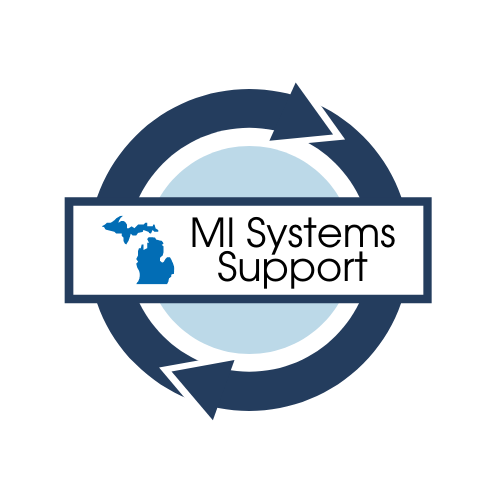
Effective Communication
Articles
Best Practices for District Communication with Stakeholders
Summary
To maximize the effectiveness of decision-making, educational leaders should involve students, families, staff, and community members in the decision-making process—whenever possible—while being transparent about the rationale and process behind any decision. Research indicates that such stakeholder involvement helps them (stakeholders) “understand a decision better and be more committed to making it work” (Brazer & Keller, 2006, as cited in Hanover Research, 2018). To support districts in increasing transparency in communication and decision-making, Hanover synthesizes information from secondary literature in the brief.
-
District leadership teams might use this research brief in order to determine whether the district is effectively communicating with their stakeholders. This might be used as prereading to help focus collaborative discussions on the various strategies and best practices relating to decision-making and effective communication. Another option would be to read the research brief during the meeting using one of the Jigsaw strategies provided in the Jigsaw protocol and dividing the brief into six sections to include:
>Effectively involving stakeholders in decision-making
>Teacher participation in decision-making
>Parent participation in decision-making
>Increasing transparency in communication with stakeholders
>Communication with teachers and school staff
>Communication between teachers and parents
Additionally, after reading the research brief, consider utilizing a debriefing protocol [such as the Chalk Talk protocol] for the leadership team to reflect upon and identify priorities/next steps regarding the information presented in the brief.
-
Hanover Research. (2018). Best practices for district communication with stakeholders. (Research Priority Brief).
